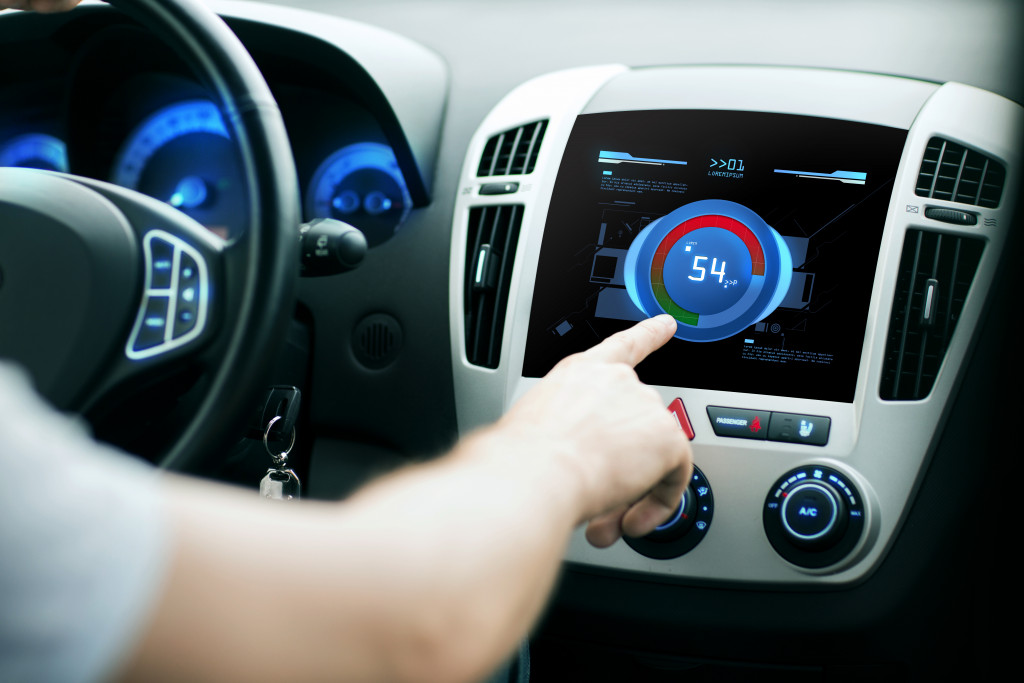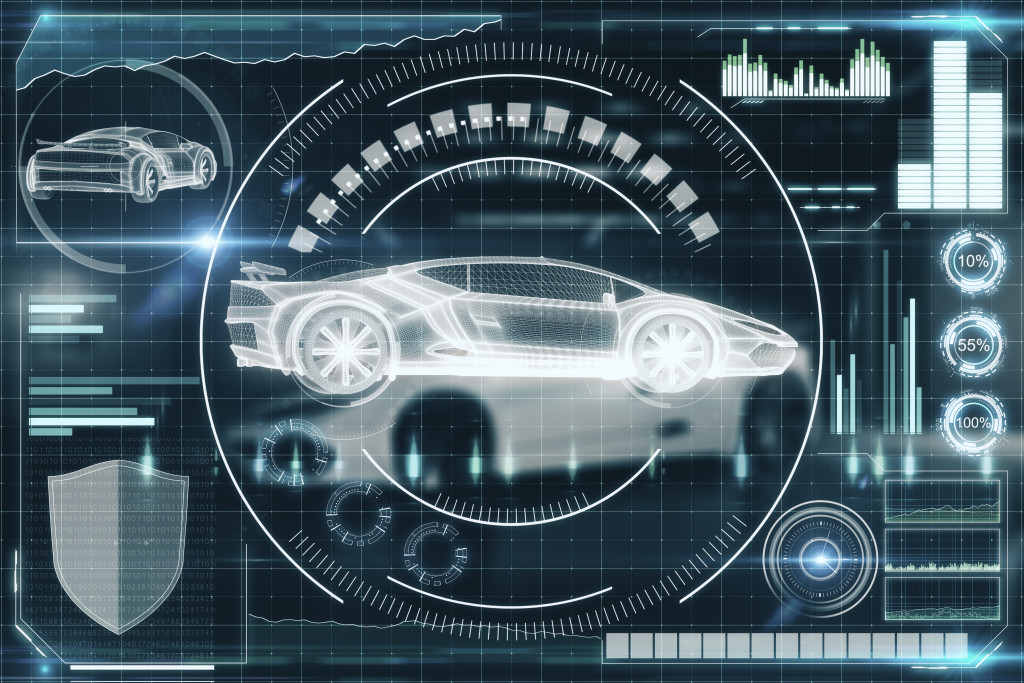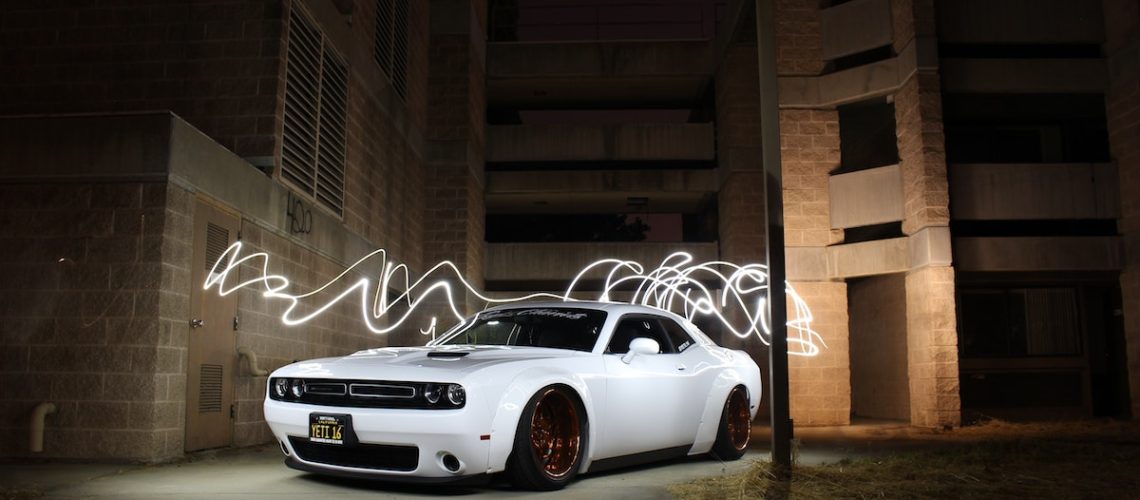In the ever-changing world of modern vehicles, various advanced features have transformed the driving experience. From adaptive cruise control to lane departure warnings, cars have become advanced technological ecosystems. Advanced Driver Assistance Systems (ADAS) lead this evolution, revolutionizing vehicle safety and convenience.
This article takes a deep dive into ADAS calibration, exploring its intricacies. As auto enthusiasts, it’s essential to understand the nuances of ADAS technology and calibration. Not only does it empower one to grasp the capabilities of vehicles fully, but it also allows one to fine-tune these systems for optimal performance. Unravel the complexities of ADAS calibration and unlock the full potential of modern automotive innovation.

Understanding ADAS and Its Components
ADAS has become a game-changer in the automotive industry, completely transforming modern vehicles’ operations. These systems offer a wide range of features that aim to make driving safer, more comfortable, and more efficient. Below is a closer look at the different components that make up ADAS and what they do.
- Adaptive Cruise Control (ACC): This feature automatically adjusts the vehicle’s speed to maintain a safe following distance from the car ahead. By utilizing sensors and radar, ACC alleviates the need for constant speed adjustments, ensuring a smoother and less fatiguing driving experience.
- Lane Departure Warning (LDW): LDW employs cameras to monitor lane markings and alert the driver if the vehicle unintentionally drifts out of its lane. This timely warning helps prevent potential collisions resulting from driver distraction or drowsiness.
- Automatic Emergency Braking (AEB): AEB detects imminent collisions and automatically applies the brakes to mitigate or avoid accidents. Using radar, lasers, or cameras, AEB significantly reduces the severity of crashes or prevents them altogether.
- Blind Spot Monitoring (BSM): BSM employs sensors to monitor adjacent lanes, alerting the driver to vehicles in their blind spots. This feature minimizes the risk of accidental lane changes and enhances overall road safety.
- Parking Assistance: This feature utilizes ultrasonic sensors to aid drivers in parking by providing visual or auditory cues as they approach obstacles, ensuring precise parking maneuvers.
- Traffic Sign Recognition (TSR): Cameras recognize and interpret traffic signs, relaying important information to the driver, such as speed limits or no-entry zones.
- Lane Keeping Assist (LKA): LKA utilizes advanced sensors to detect lane markings and seamlessly guides the vehicle back into the lane if unintentional drifting occurs, promoting and reinforcing safe driving practices.
The Role of Calibration in ADAS
ADAS calibration is about ensuring that the sensors and cameras in a vehicle’s safety systems are perfectly aligned. It’s crucial for accurate functionality because even tiny misalignments can mess up the system. For example, when you get a new windshield or adjust your suspension, you need to recalibrate everything so that features like lane-keeping and emergency braking keep working as they should.
Studies have shown that if your ADAS system isn’t well-calibrated, it can cause delays, false alarms, or even total failure in critical situations, putting your safety at risk. So, as ADAS technology improves, it’s crucial to prioritize calibration to keep driving safe and get the most out of these fantastic systems.
Why ADAS Calibration Matters
ADAS calibration is crucial for vehicle safety, ensuring advanced systems work optimally. When ADAS components are misaligned, it can have disastrous consequences.
Imagine sensors that fail to detect obstacles or misjudge distances, risking collision avoidance. There have been incidents caused by improperly calibrated emergency braking or blind-spot monitoring. And don’t forget the legal implications, too – improper calibration raises questions about manufacturer liability and driver responsibility.
Recent cases have shown the importance of strict calibration adherence to prevent accidents and legal troubles. Prioritizing precise ADAS calibration isn’t just a tech thing; it’s about keeping roads safe and holding everyone accountable in the modern automotive world.
The Calibration Process: Step by Step
The ADAS calibration process involves several crucial steps to ensure accurate system functionality:
- Initial Assessment: Technicians assess the vehicle’s ADAS components and identify the sensors requiring calibration.
- Equipment Setup: Specialized tools are used to calibrate sensors, often involving laser-guided systems or patterned targets.
- Positioning and Alignment: Vehicles are positioned precisely according to manufacturer specifications, aligning cameras and sensors with calibration targets.
- Software Initialization: Technicians access the vehicle’s software to initiate the calibration process for specific ADAS features.
- Calibration Execution: Cameras and sensors capture data from calibration targets, allowing the system to adjust parameters for accurate readings.
- Verification and Testing: Technicians validate calibration results by conducting test drives and assessing system performance.
- Post-Calibration Report: A detailed report is generated, outlining the calibration procedures, results, and any necessary adjustments made.
DIY vs. Professional Calibration
DIY ADAS calibration provides cost savings and convenience, allowing users to recalibrate certain features at home. However, it may lack the precision and specialized equipment of professionals, which could compromise accuracy. Variations in setup and expertise can result in incorrect calibrations, affecting safety.
Professional ADAS calibration ensures accuracy using specialized tools, controlled environments, and trained technicians. Their expertise guarantees precise alignment, reducing the risk of accidents caused by misalignment. While DIY approaches may work for minor adjustments, relying on professional calibration for intricate systems is essential. When safety is paramount, trusting experts for calibration ensures optimal functionality, reliability, and adherence to manufacturer standards, allowing you to experience the benefits of advanced driver assistance systems fully.
Tools and Equipment for ADAS Calibration
ADAS calibration demands specialized tools to ensure accurate system performance:
- Target Boards: Used for precise sensor alignment during calibration.
- Laser Measurement Tools: Ensure accurate positioning and alignment of ADAS components.
- Diagnostic Scanners: Access vehicle software for initiating calibration procedures.
- Calibration Targets: Patterned surfaces aiding cameras and sensors to adjust settings.
- ADAS Calibration Software: Enables technicians to interface with vehicle systems.
Professionals utilize cutting-edge equipment like dynamic motion platforms, radar reflectors, and multi-camera setups for intricate calibrations. Advancements include AI-based calibration algorithms, enhancing accuracy. Lidar systems offer the potential for faster, comprehensive calibration.
As technology evolves, tools and equipment continue to refine, ensuring precise and reliable ADAS calibration for safer, efficient driving experiences.
ADAS Calibration Myths and Misconceptions
Clearing myths is crucial for maximizing ADAS benefits, ensuring road safety, and making informed decisions. Here are some common misconceptions about ADAS calibration:
- “Calibration isn’t necessary after minor repairs.” False. Even small changes can affect sensors. Case studies show misaligned systems cause accidents.
- “DIY calibration is as accurate as professional.” Incorrect. DIY’s lack of precision impacts safety. Professionals ensure accuracy through specialized tools and expertise.
- “Calibration is a one-time process.” Misleading. Factors like tire changes or accidents warrant recalibration. Neglect can lead to improper functioning.
- “All ADAS systems need calibration.” That is not entirely true. Basic systems may not require calibration, but advanced safety features do.
ADAS Calibration Challenges and Solutions
ADAS calibration poses challenges due to sensor variability and evolving technology. Innovations like AI-driven algorithms enhance accuracy. Multicamera setups and dynamic platforms improve calibration precision. Studies highlight adaptive calibration methods, optimizing systems for real-world conditions. Overcoming these challenges ensures optimal ADAS functionality and safer driving experiences.

Ensuring ADAS Calibration Quality
Make sure ADAS calibration quality is top-notch by relying on expert technicians who follow manufacturer guidelines. After calibration, thoroughly test the features to ensure accuracy. Auto manufacturers work closely with service centers to emphasize the importance of proper calibration for safety. By complying with industry standards, you can trust that your ADAS will perform reliably, boosting your confidence on the road.
Empowering Auto Enthusiasts with Knowledge
The ADAS calibration guide equips auto enthusiasts with vital insights for optimal system performance. Stay informed, champion accurate calibration, and contribute to road safety. Enthusiasts are pivotal in advocating proper ADAS usage, ensuring safer roads, and driving excellence for all. So, become a pro, understand ADAS technology and calibration, and get the most out of your modern vehicle.

